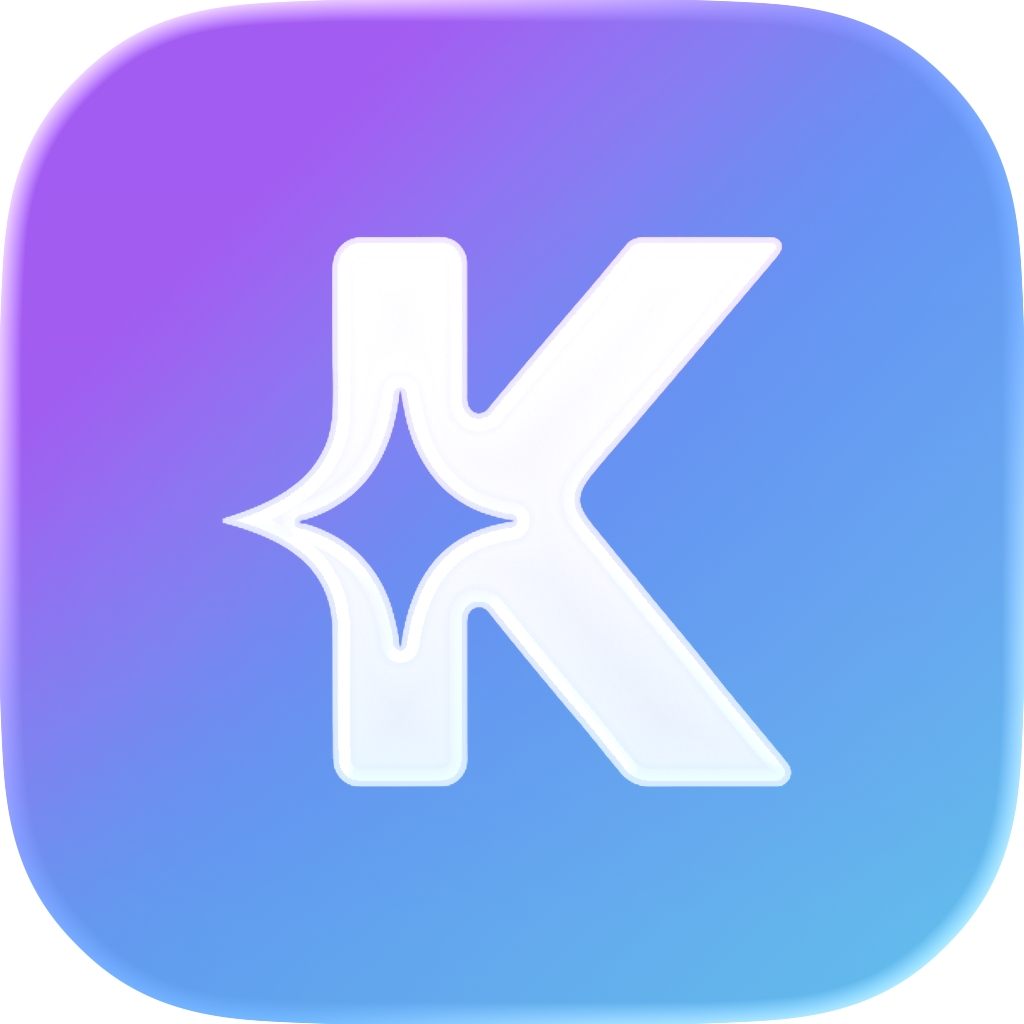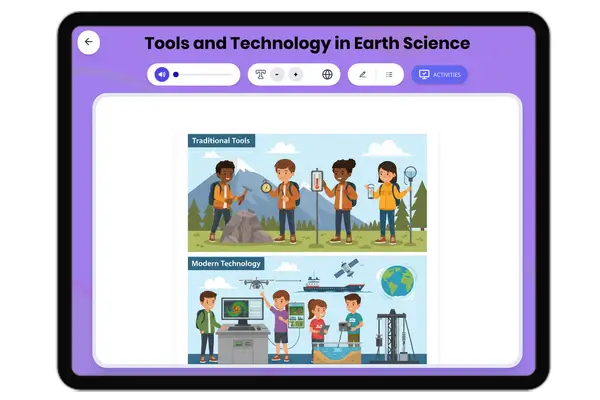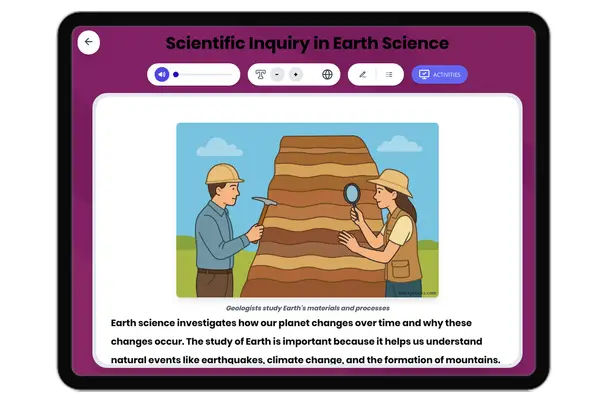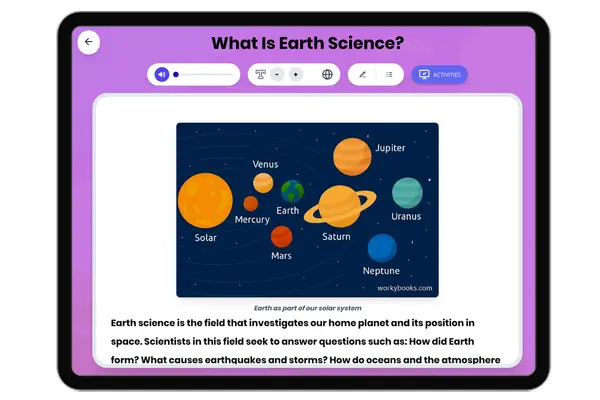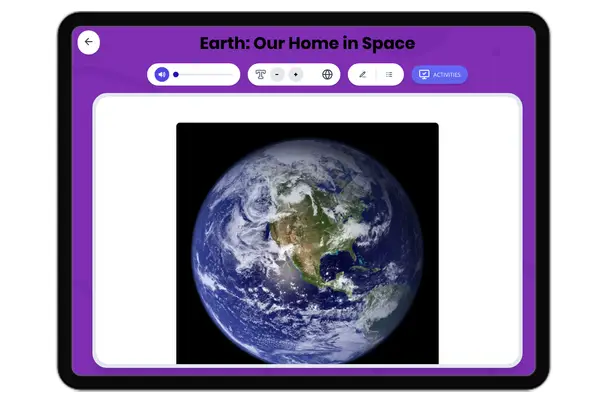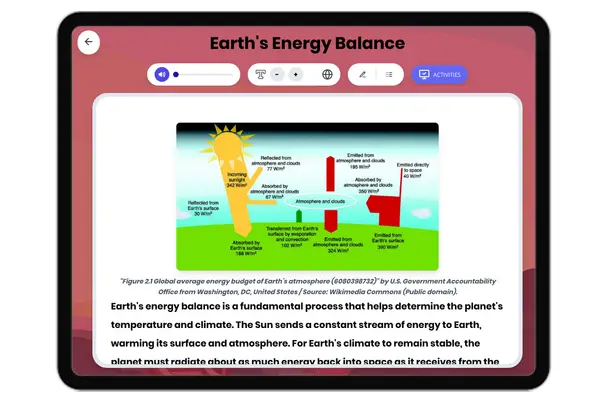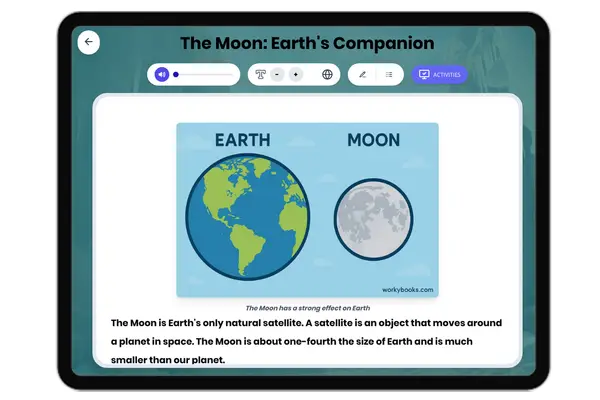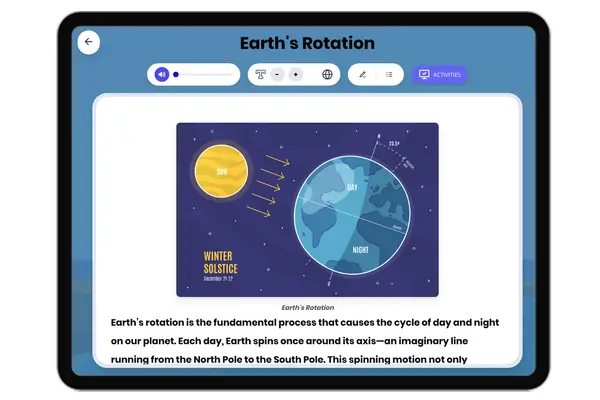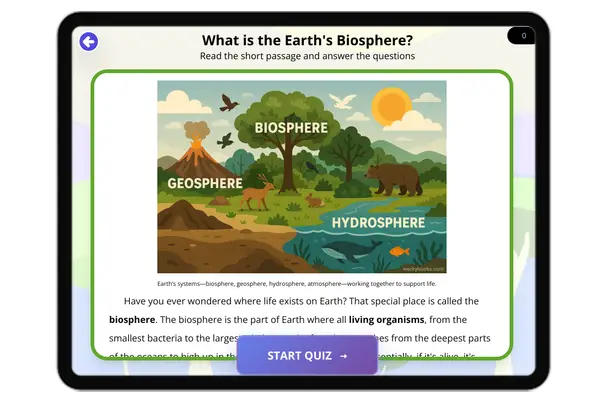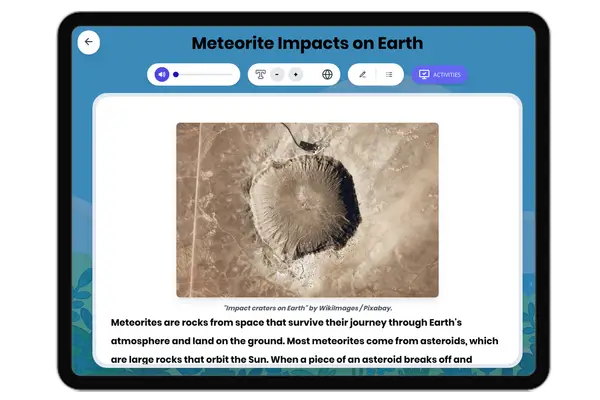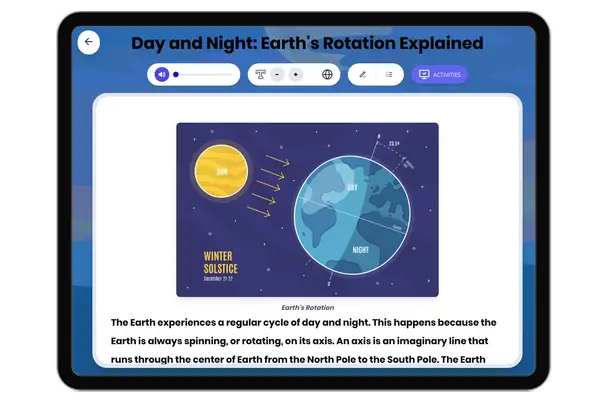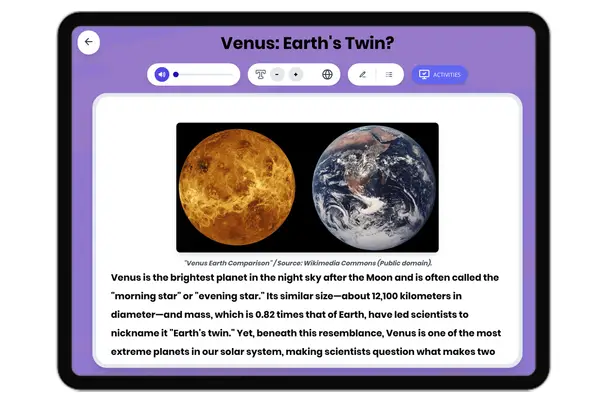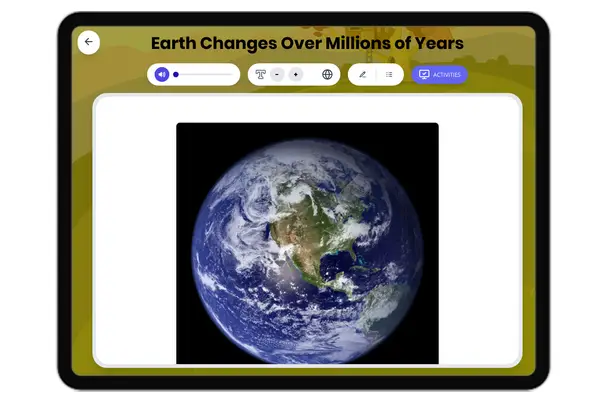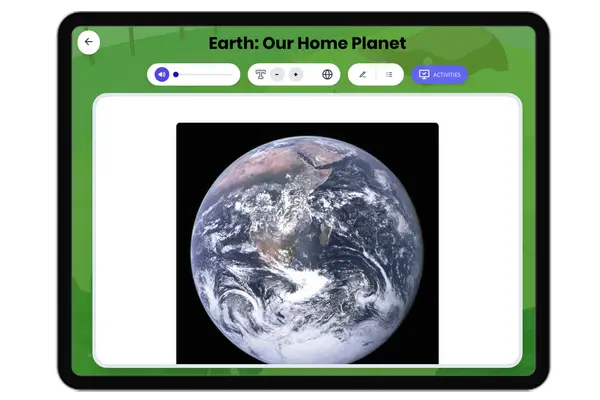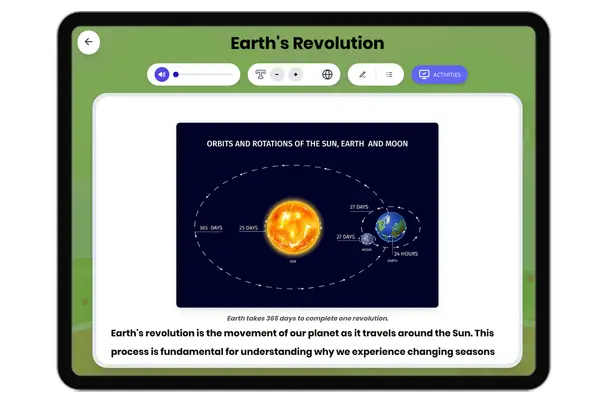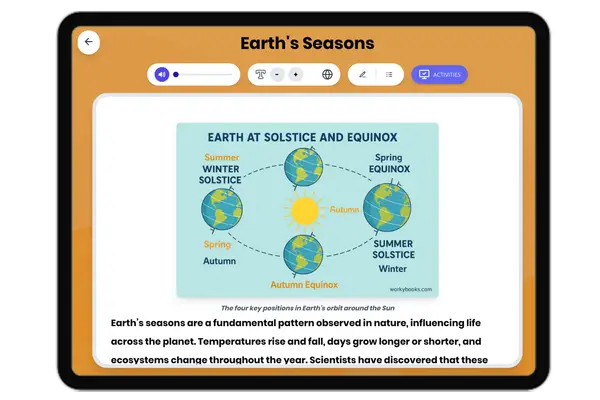Tracking Earth's Water Game
Premium Resource
Grades
- 1
- 2
- 3
- 4
- 5
PRINT+DIGITAL RESOURCE
This learning resource is available in interactive and printable formats. The interactive worksheet can be played online and assigned to students. The Printable PDF version can be downloaded and printed for completion by hand.
About This Game
The 'Tracking Earth's Water' activity guides students to sort 12 water-related words into freshwater and saltwater categories, exploring Earth's diverse water locations.
Perfect For:
👩🏫 Teachers
- • Interactive classroom activities
- • Auto-graded game assignments
- • Student engagement tools
👨👩👧👦 Parents
- • Fun learning at home
- • Educational screen time
- • Progress tracking
🏠 Homeschoolers
- • Interactive curriculum
- • Self-paced gaming
- • Engaging practice
Game Features:
🎮
Interactive Gameplay
Engaging educational game experience
📊
Auto-Grading
Instant feedback and scoring
📝
Assignable
Perfect for homework and classwork
📄
Printable Components
Additional offline materials
